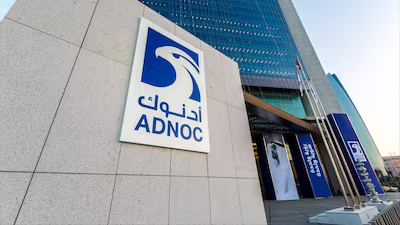
Adnoc is the main supplier of natural gas to industries in the UAE and accounts for over two-thirds of supply. Courtesy: Adnoc
Adnoc is the main supplier of natural gas to industries in the UAE and accounts for over two-thirds of supply. Courtesy: Adnoc
The island of excellence emerging around Murban futures
How the groundwork is being laid for the Middle Eastern benchmark crude truly to go global


